Millarville, Alberta
“Time’s fun when you’re having flies.” – Kermit the Frog
We hosted a little party at the ranch for Bear’s relatives several years ago. Her grand nephew Nolan wasn’t much interested in the farm or the cattle, he was fascinated by small critters, so Marshall and I took him for a walk around the pond to see if we could find a frog.
It was a wet spring; the amphibians were croaking in great numbers, which Nolan was quite excited about. Marshall and he wandered into the marsh grass and came out with a tiny Wood Frog.

In his excitement four-year-old Nolan called it a “Frug”.
Ever since, the little body of water near our house has been called the “Frug Pond”.
There wasn’t much runoff in the pond this spring, but a few Frugs made an appearance yesterday.
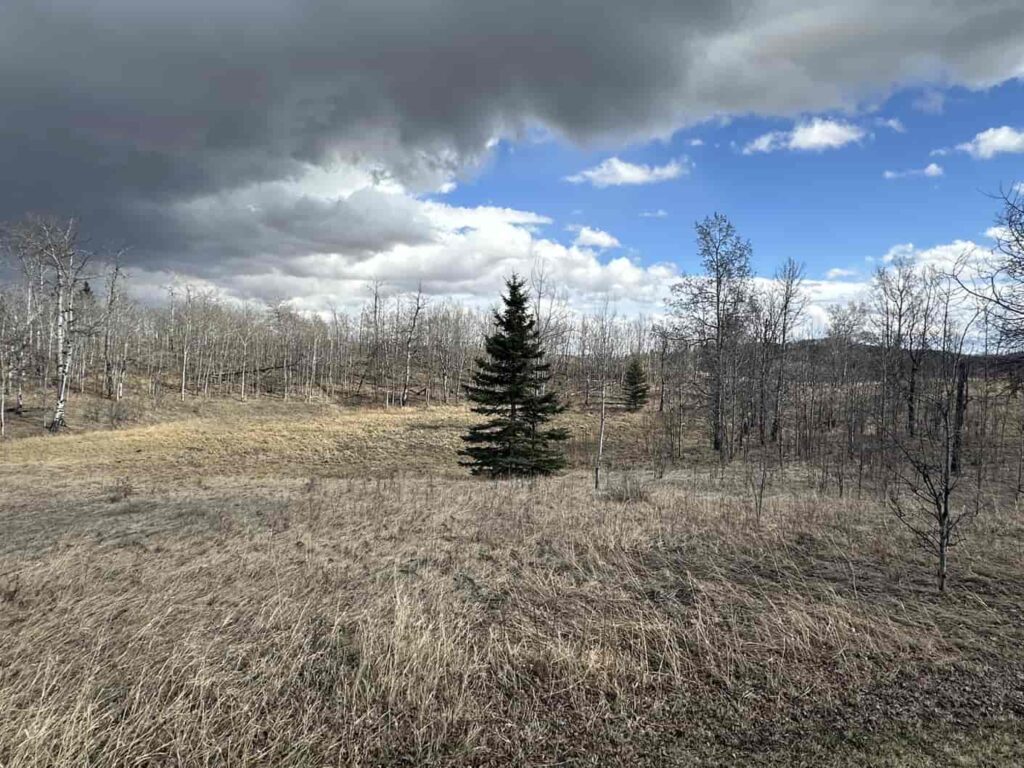
We have two species in the pond, the Wood Frog and the Boreal Chorus Frog. Neither are very big, but they both sing with great amplification.
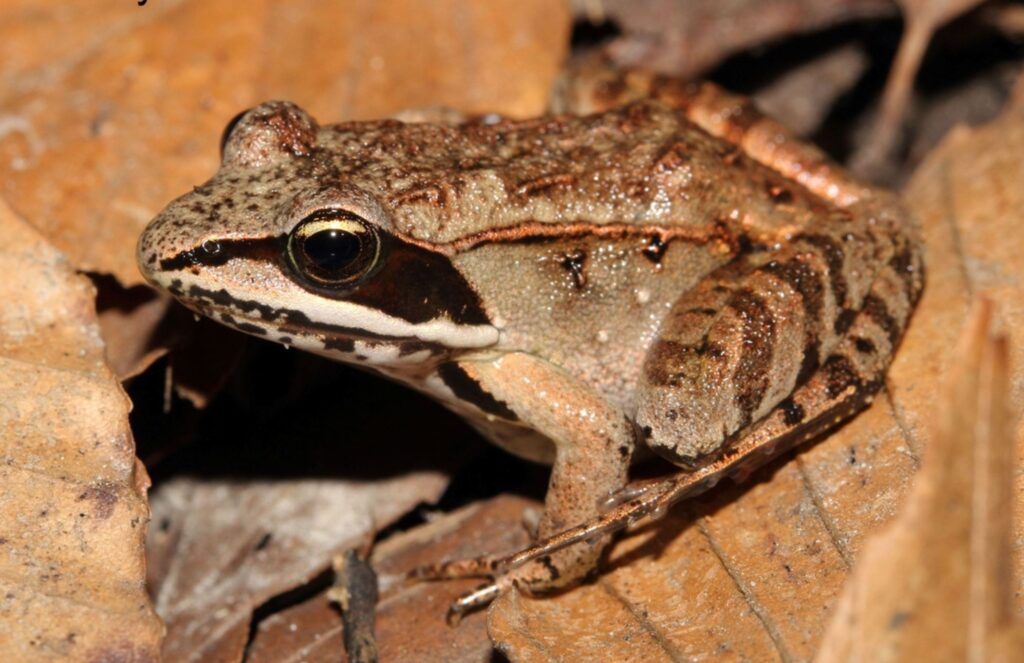
An adult Wood Frog is about 50 mm (2”) long. They sound like ducks.
The Boreal Chorus Frog is even smaller, only 30 mm (1.2”) fully grown. Chorus frogs sound like a finger being dragged over the teeth of a plastic comb, but much louder…

Blended, the two frog species create a magnificent symphony.
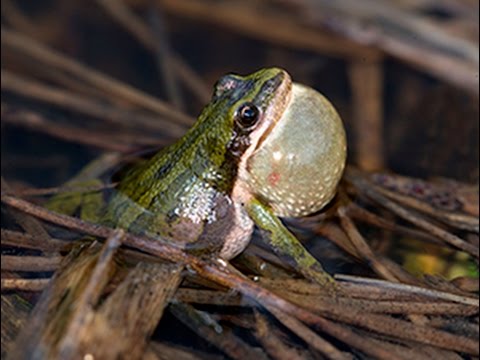
Boreal Chorus frogs croak using an under-chin membrane.
Wood Frogs use side airbags.
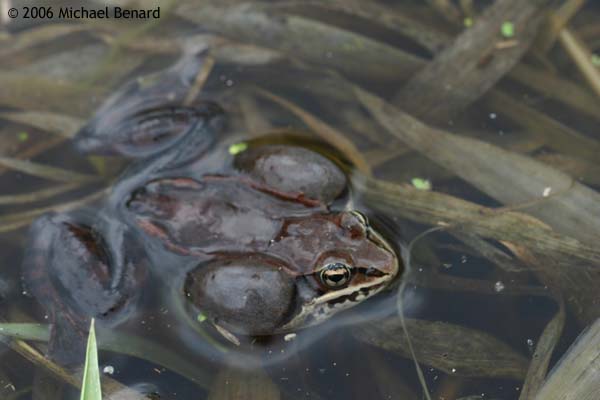
Males of both species do the singing; it is a nuptial call, to attract females and discourage other males. But croaking is a double-edged sword, it might attract a girlfriend, but the sound also alerts predators to the frog’s location.
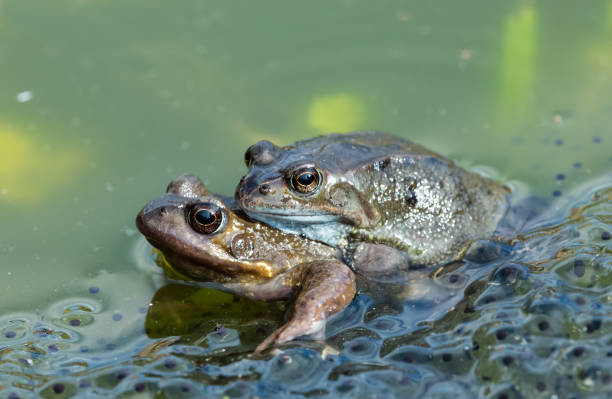
As with many other species, male frogs are willing to risk death for sex.
The Wood Frog is a little wiser than most. His duck-like croaking confuses his most dangerous predator. Quacking while copulating is a clever survival technique.
This spring is very dry; I was concerned about how few frogs we have and their ability to survive without water in the pond, so I did some research. According to The Google, Alberta frog species are capable of surviving prolonged cold and dry conditions using three fascinating adaptations:
- Brumation: Most frogs hibernate in winter, but prairie species take it one step further. Our frogs have a unique freeze-tolerance mechanism that allows them to freeze solid during winter dormancy,
- Aestivation: Alberta frogs can survive arid conditions by burrowing into soil to reduce their metabolic rate. They are able to remain dormant for years, if need be.
- Hypoxic Tolerance: This adaptation allows a frog to survive in very low-oxygen conditions, like a mud bog, to extend the hibernation period.
Cute and clever as they are, frogs are much-maligned creatures. Many frog-related quotes involve kissing, eating, or dissecting them …
“If it’s your job to eat a frog, it’s best to do it first thing in the morning. And if it’s your job to eat two frogs, it’s best to eat the biggest one first.”
– Mark Twain
Personally, I can’t imagine eating a frog, they are just too much fun.
It is Easter Sunday today and the forecast calls for “snow mixed with rain”. With any luck, the pond will fill, and we will once again hear a chorus of ….
… Frugs
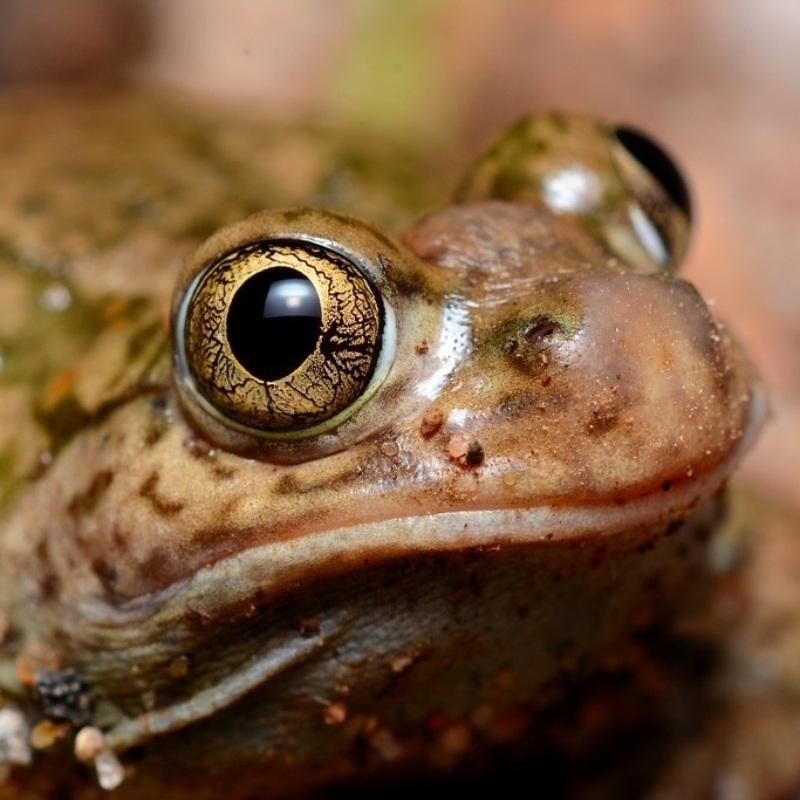
I went into a French restaurant and asked the waiter, ‘Have you got frog’s legs?’ He said, ‘Yes,’ so I said, ‘Well hop into the kitchen and get me a cheese sandwich.’
– Tommy Cooper
Like and Subscribe…
To join the WellWaterBlog audience, scroll down and add your e-mail address to the growing list. You will receive a notice each time a new article is posted and nothing else – No Advertising, No Solicitations, No B.S., Just Fun.


Leave a Reply